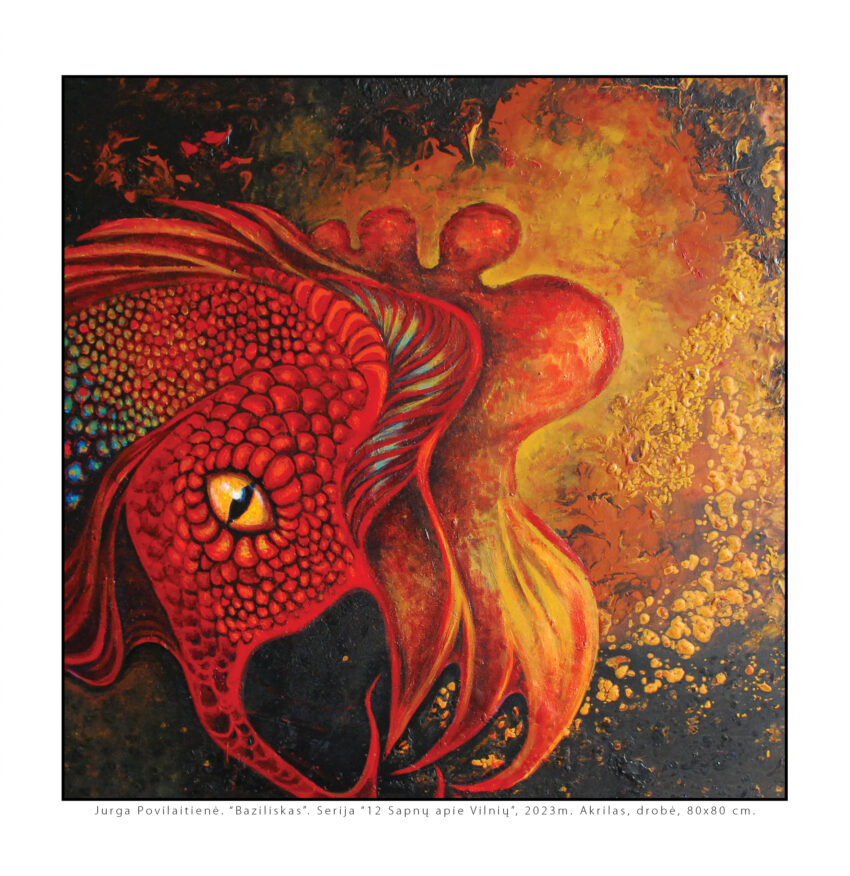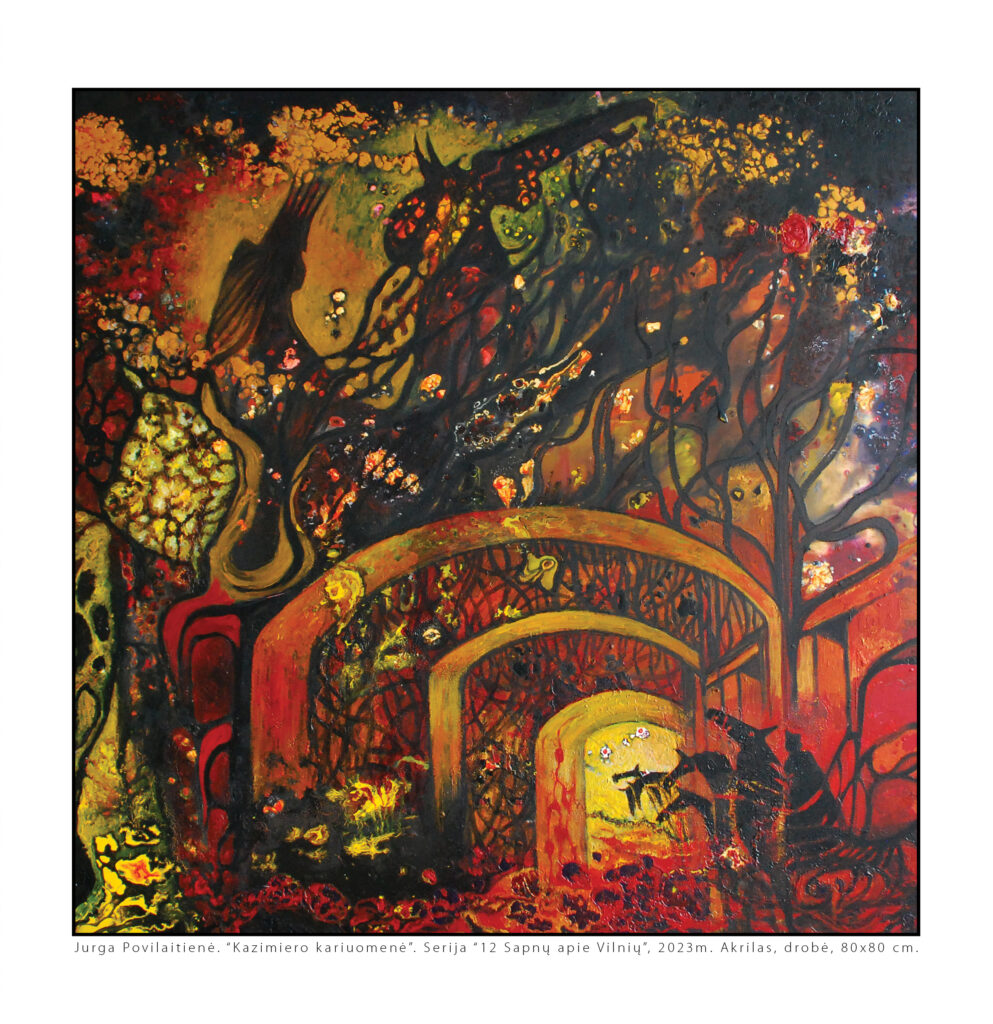XVII a. ant vienos iš Vilniaus kalvų stovėjo tvirtas gynybinis bokštas (bastėja). Baisaus karo metu kazokai ir maskvėnai sudegino, apiplėšė ir sugriovė miestą. Išgyvenusius šias negandas užklupo naujos nelaimės – badas ir maras. Nelaimių išvarginti žmonės gyveno baisioje nesantaikoje. Ten, kur stovėjo bokštas, miestiečiai ėmė pilti šiukšles, kurių dvokas pažadino požemiuose tūnojusią pabaisą. Vaikščioti toje vietoje darėsi nesaugu – ėmė dingti žmonės, ypač vaikai ir jaunos mergelės.
Mokyti Vilniaus jėzuitai išaiškino, jog ten gyvena milžiniškas baziliskas – pabaisa milžiniška gaidžio galva, varlės akimis ir gyvatės uodega. Baisiausia šio siaubūno galia – mirtinas žvilgsnis. Nebuvo Vilniuje ir jo apylinkėse žmogaus, kuris nebūtų girdėjęs apie baziliską. Daug drąsuolių kūrė planus, kaip susidoroti su tuo siaubūnu, grąžinti miestui ramybę, o sau pelnyti garbę ir laimę. Vienas jų – kuklus amatininko mokinys. Jis mokytiems vyrams pasiūlė padaryti taip, kad baziliskas pats save nugalabytų: „Aš nemačiau, bet, sako, esama tokių lakštų, kuriuose gali regėti savo atvaizdą kaip ramiame Vilnios vandeny.“ Visi suprato, kad jaunuolis kalba apie veidrodį.
Sunkų Venecijos meistrų veidrodį jaunuoliui pririšo ant nugaros, įdavė deglą, o ant kaklo pakabino ragą. Įžengęs į dvokiantį urvą, jaunuolis rado miegančią pabaisą. Nusiėmęs veidrodį, apšvietė jį deglu. Išbudęs baziliskas veidrodyje išvydo savo žudantį žvilgsnį. Subliuvo, suvaitojo, ilgas jo kūnas sutrūkčiojo, iš pražioto snapo pasiliejo siera, o jos garai ėmė veržtis lauk. Vaikinas čiupo ragą ir iš visų jėgų papūtė.
Vilniečiai suprato, kad baziliskas nugalėtas – vakare negailėdami malkų sukūrė didžiulį laužą ir sudegino pabaisą.
Basilisk. Vilnius’ Legends
In the 17th century, a strong defensive tower (a bastion) stood upon one of Vilnius’ hills. During a horrendous war, the Cossacks and Muscovites burnt, looted, and destroyed the town. For those who survived, new disasters terrorised their lives: famine and pestilence.
The people, wracked by disasters, lived in terrible strife. In the place where the tower stood, people started pouring sewage, the stench of which awakened the monster of the dungeons. Lo, it became unsafe to walk in the area, and people often disappeared there, especially children and young girls.
The educated Jesuits of Vilnius explained that it was inhabited by a giant basilisk – a monster with the head of a rooster, the eyes of a frog, and the tail of a snake. However, it wasn’t the creature’s looks that made it so feared, but rather, its most terrifying power: its deadly gaze. There was not a person in Vilnius and the surrounding areas who had not heard of the basilisk.
Many brave men and women planned to deal with this monster, to restore the peace of the city, and to win honour and happiness for themselves. One of them was a humble craftsman’s apprentice. He suggested to the educated men that they should make the basilisk defeat itself. “I have never seen it myself, but people say that there are plates in which you can see your own image, as in the calm waters of the Vilnia.” His words were cryptic, but the educated listeners knew he was referring to a mirror.
So, a heavy Venetian mirror was strapped to the young man’s back. He was handed a torch, and a horn was hung around his neck.
Upon entering the cave, as expected, he found a sleeping monster. He pulled the mirror from his back and let the light from his torch fall upon the monster. Awoken by the light, it saw its own murderous gaze looking back. The creature howled and moaned; its long body cracked, sulphur poured from the gaping beak, and a billowing stream of hot air began to seep out. And so, the young man took the horn and blew it with all his might. The inhabitants of Vilnius knew in that moment that the basilisk had been defeated – and, in the evening, sparing no firewood, they built a huge bonfire and burnt the monster’s remains to be sure.
Jus gali sudominti
Susijusios prekės
-
 Grybautojo rinkinys30.00€
Grybautojo rinkinys30.00€ -
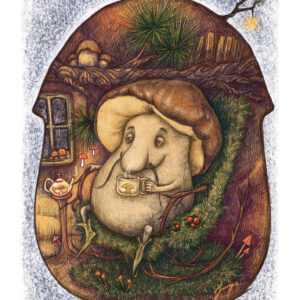 Atvirukas „Kalėdinis baravykas”5.00€
Atvirukas „Kalėdinis baravykas”5.00€ -
 Rinkinys – 12 atvirukų „Grybai”24.00€
Rinkinys – 12 atvirukų „Grybai”24.00€ -
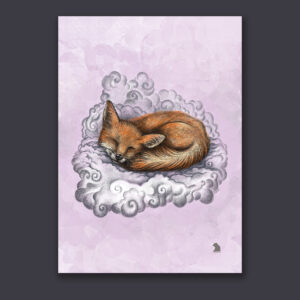 Atvirukas „Miegantis lapiukas”, rausvas3.00€
Atvirukas „Miegantis lapiukas”, rausvas3.00€ -
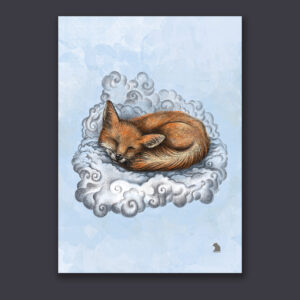 Atvirukas „Miegantis lapiukas”, melsvas3.00€
Atvirukas „Miegantis lapiukas”, melsvas3.00€ -
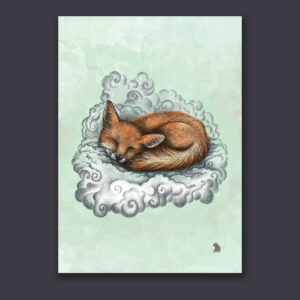 Atvirukas „Miegantis lapiukas”, žalias3.00€
Atvirukas „Miegantis lapiukas”, žalias3.00€ -
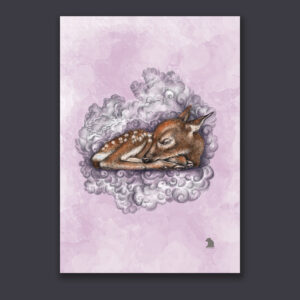 Atvirukas „Miegantis stirniukas”, rausvas3.00€
Atvirukas „Miegantis stirniukas”, rausvas3.00€ -
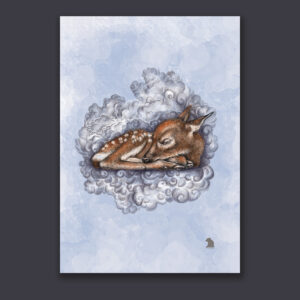 Atvirukas „Miegantis stirniukas”, melsvas3.00€
Atvirukas „Miegantis stirniukas”, melsvas3.00€ -
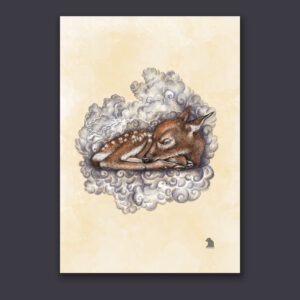 Atvirukas „Miegantis stirniukas”, gelsvas3.00€
Atvirukas „Miegantis stirniukas”, gelsvas3.00€ -
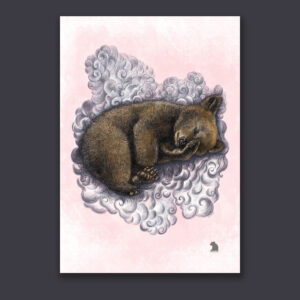 Atvirukas „Miegantis meškiukas”, rausvas3.00€
Atvirukas „Miegantis meškiukas”, rausvas3.00€ -
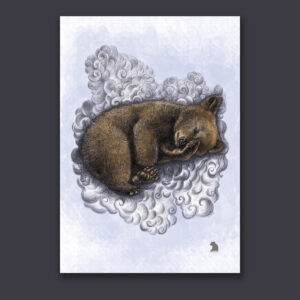 Atvirukas „Miegantis meškiukas”, melsvas3.00€
Atvirukas „Miegantis meškiukas”, melsvas3.00€ -
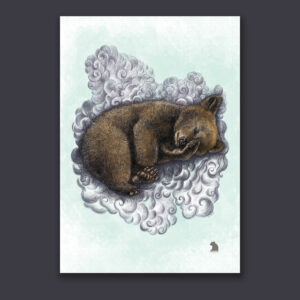 Atvirukas „Miegantis meškiukas”, žalias3.00€
Atvirukas „Miegantis meškiukas”, žalias3.00€ -
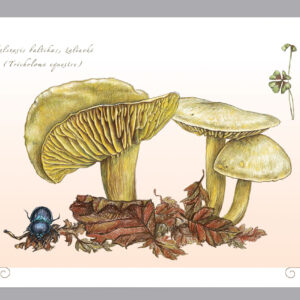 Atvirukas „Žaliuokė”4.00€
Atvirukas „Žaliuokė”4.00€ -
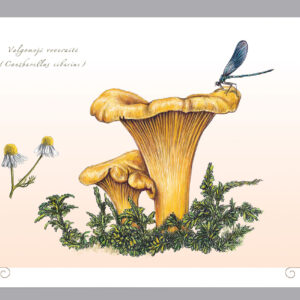 Atvirukas „Voveraitė”4.00€
Atvirukas „Voveraitė”4.00€ -
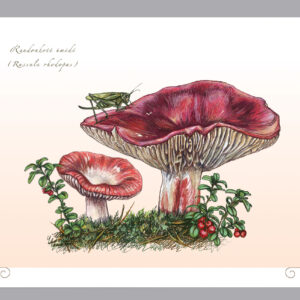 Atvirukas „Raudonkotė ūmėdė”4.00€
Atvirukas „Raudonkotė ūmėdė”4.00€ -
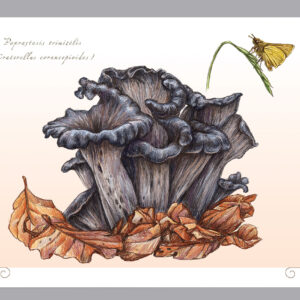 Atvirukas „Trimitėlis”4.00€
Atvirukas „Trimitėlis”4.00€ -
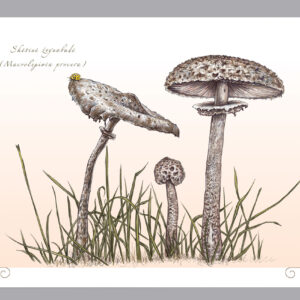 Atvirukas „Skėtinė žvynabudė”4.00€
Atvirukas „Skėtinė žvynabudė”4.00€ -
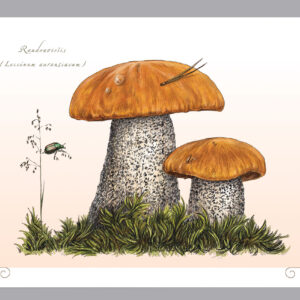 Atvirukas „Raudonviršis”4.00€
Atvirukas „Raudonviršis”4.00€

